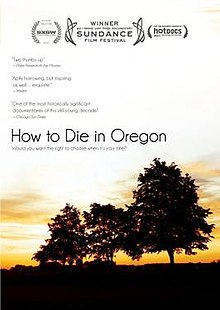In May 1961 a small civil rights organization, the Congress of Racial Equality (CORE), organized a sort of rolling protest against the segregation laws in the Deep South of the United States.
Two groups of Freedom Riders, male and female, black and white, boarded two separate scheduled buses (not charters), in Washington DC with plans to travel to New Orleans via Virginia, the Carolinas, Georgia, Alabama, and Mississippi. Along the way they planned to challenge the laws that segregated the buses and the stations where they stopped. They publicly stated they might face harassment or arrest, but naively expected it to go fairly smoothly. Their hopes were raised by the fact that they had made it to Atlanta almost without incident. Those hopes were dashed when one bus was set upon in Anniston, Alabama and set on fire with the passengers still inside. The other bus made it to Birmingham, where a large mob attacked and severely beat the Riders.
These incidents and those that followed shone a bright light on segregation in the South, and the brutal violence some were willing to use to maintain it, often with the tacit approval of political leaders. They exposed the Kennedy administration’s initial indifference to the civil rights movement. Even Martin Luther King was diminished in the eyes of some of the Riders for his refusal to join them.
This documentary is a vivid reminder to us comfortably ensconced in Canada that, within living memory, such brutal violations of human rights were taking place in the so-called bastion of freedom and democracy.

